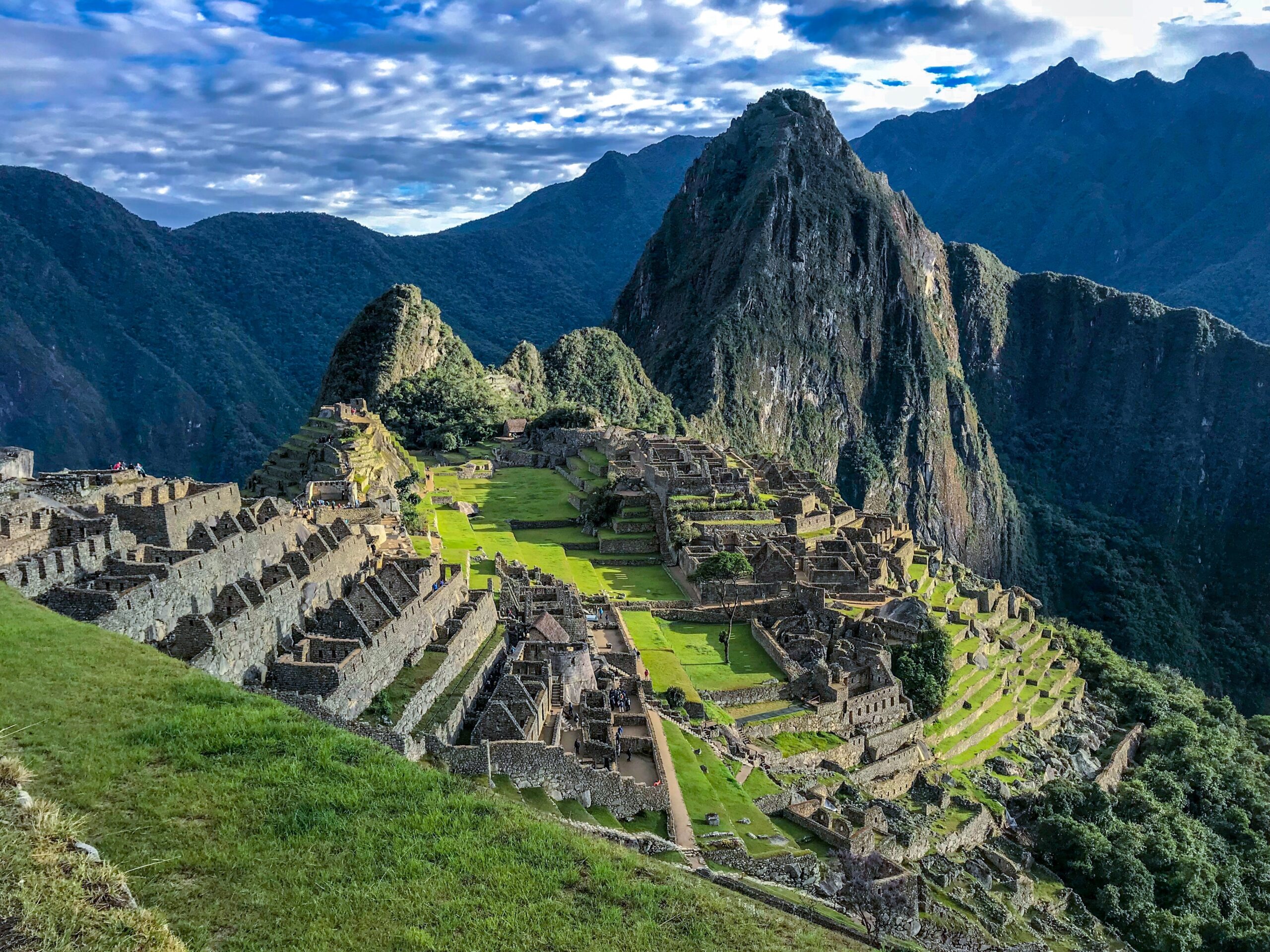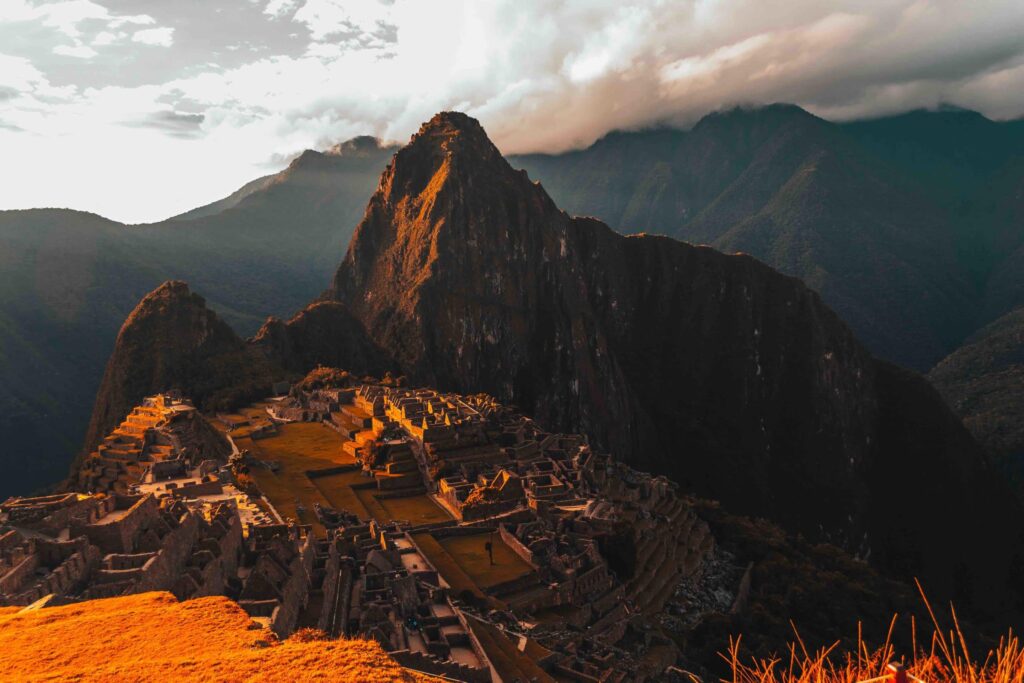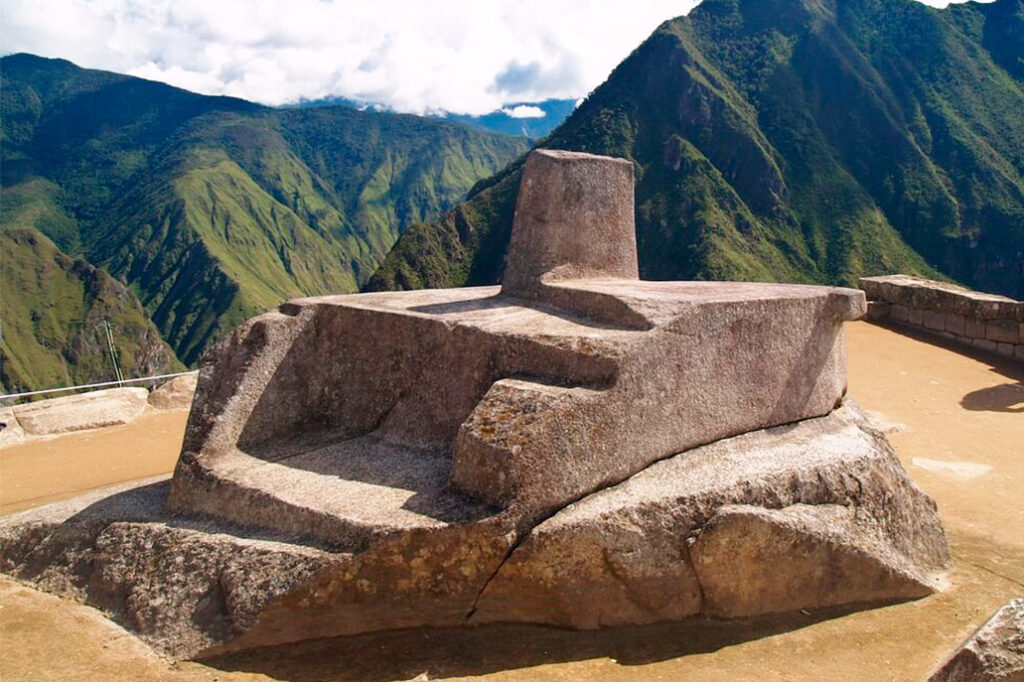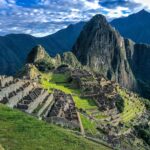
Towering ruins of this ancient city sits on a paradise of lush forests and mist, high among the Andes mountains in Peru
The iconic site of the Inca Empire, that is also often referred to as the ‘Lost City of the Incas’, Machu Picchu’s history spans far beyond time. In a region that now stretches from northern edge of Ecaudor to Chile, the Incas ruled over a vast empire, building hundreds of towns and structures, of which only a few survive and along with their capital Cuzco, Machu Picchu is by far the best known today. This 15th-century Inca citadel structure is tucked away in the Eastern Cordillera of southern Peru, on a 2,430-metre mountain ridge and wrapped up in mystics.
In 2007, this archaeological wonder was voted into the New Seven Wonders of the World while in 1983 Machu Picchu was announced as one of the UNESCO World Heritage Sites owing to its deep, persisting legacy. Most cities built by the Inca civilization succumbed to the Spanish conquests but for the Machu Picchu, which managed to repel the invasions with its hidden location invisible from below.
Towering ruins of this ancient city sits on a paradise of lush forests and mist, high among the Andes mountains in Peru. After American explorer and Yale University professor Hiram Bingham ‘discovered’ the site in on this day, July 24, 1911, various scientific studies were initiated after it sparked interest worldwide. Machu Picchu, also known as the ‘old mountain’, was abandoned hundreds of years after its construction. However, it is said that the locals who lived in and around the valleys and hills in Machu Picchu were aware of its existence all along, but not the rest of the world. All of that changed in the summer of 1911, when Bingham travelled to Peru with a small group of explorers to look for the fabled Inca ‘lost’ cities.
To count its wonders, the Inca civilisation, one of the most advanced and influential Pre-Columbian cultures in South America, reflects how it was far ahead of its time with the extensive use of stone masonry without any use of mortar, in a process called Ashlar. Besides, due to the ability of this design to accommodate modest stone movement and resettle without any walls collapsing, it is also known to be very earthquake and heavy rain resistant. There is proof that the Incas were aware that Machu Picchu was constructed over multiple seismic fault lines and fractures and they skillfully avoided building directly over these tiny fissures.
Machu Picchu as an astronomical observatory

The Incas were able to define the constellations, stars, the change of seasons, the agricultural calendar and more
Astronomy and religion were intertwined for the Incas. In fact, the sky held such a deep meaning for the Inca civilization that it influenced the Incas’ daily life. Construction of this famous archaeological site is believed to be connected to the stars. There is evidence that the Incas worshipped stars and dark constellations, this culture accorded everything around them to be connected.
As the largest empire in South American, the Incas very religiously practised astronomy, evident through their vast knowledge about the position of the sun, the moon and the stars. It has been noted that the Incas were able to define the constellations, stars, the change of seasons, the agricultural calendar and more.

The Intihuatana stone worked as both a natural clock and an astronomical observatory that depicted astronomical calendars
With the first dawning ray of sunrise above the mountains, the light shines perfectly through one of the windows of the ‘Temple of the Sun’, illuminating a ceremonial stone inside. This sacred stone within Machu Picchu is called the ‘Intihuatana’ stone, wherein twice a year during the equinoxes on March 21 and September 21, the sun sits directly above the sacred Intihuantana stone yet creates no shadow, thus accurately indicating the phenomena.
The Intihuatana, one of its most significant structures which was worshipped by the civilisation, worked as both a natural clock and an astronomical observatory that depicted astronomical calendars even in those ancient times. The city of Machu Picchu as well as other ancient citadels such as Pisac or Ollantaytambo are geodesically aligned.
A high value on worship amalgamated with a complex religion that was intimately related to astronomy. The Incas worshipped a number of deities, including Chuqui Illa, the thunder god, and Viracocha, the creator, as well as Inti, the sun. Additionally, they worshipped huacas, spirits that were said to reside in any extraordinary phenomenon, such as huge boulders, trees, streams, or waterfalls. Polished with great precision, the Intihuatana is a rock that radiates energy. Evidence suggests that the natural environment of the complex, against the backdrop of the sacred Apus mountains, serve as an impetus for the location and orientation of its most significant structures. A significant leverage on astronomy was also because it contributed to identifying the seasonal changes for the Incas to know the best time for planting and harvesting.
















